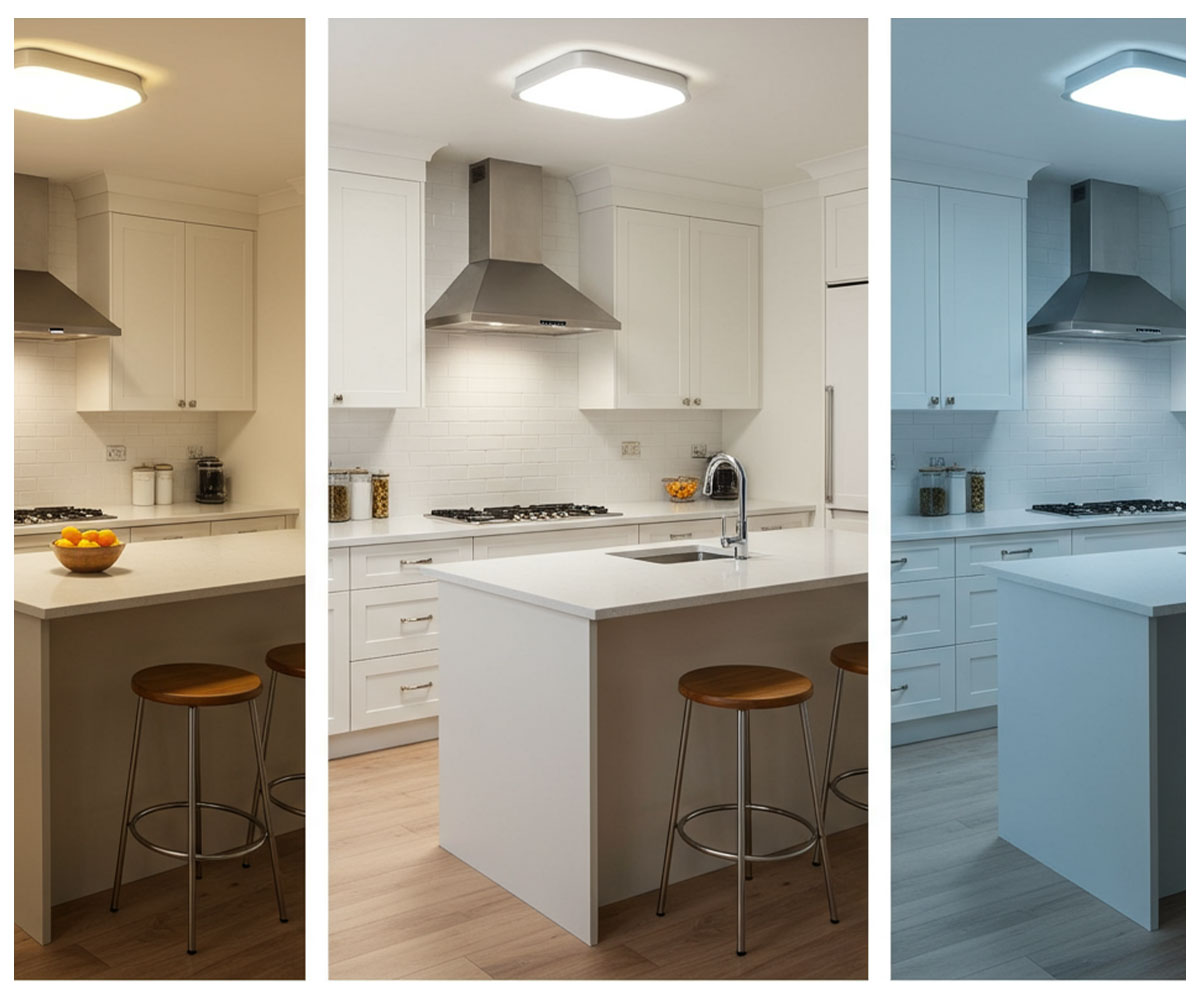You’ve decided to make the smart switch to LED lighting. You head to the store (or our website!) and are faced with a wall of options. The boxes are covered in terms like Lumens, Kelvins, and CRI. Suddenly, buying a lightbulb feels like you need a degree in physics.
Don’t worry, you’re not alone. This language is new to most people, but understanding it is the key to unlocking the perfect lighting for every single space in your home. At [Brand Name], we believe in empowering you with knowledge. In this guide, we’ll break down these terms into simple, practical concepts so you can shop with confidence.
Lumens (lm) - The New Way to Measure Brightness
- For years, we bought bulbs based on Watts. We knew a 100W bulb was bright and a 40W bulb was dim. However, Watts measure energy use, not light output. Since LEDs are so energy-efficient, a 10W LED can be as bright as a 60W incandescent.
This is where Lumens (lm) come in.
-
What it is: Lumens measure the actual amount of visible light a bulb produces. More lumens = brighter light. Simple!
-
How to use it: Instead of shopping for Watts, shop for Lumens. Use this handy cheat sheet as a rough guide:
-
To replace a 40W bulb, look for about 450 lumens.
-
To replace a 60W bulb, look for about 800 lumens. (Great for living rooms, bedrooms)
-
To replace a 75W bulb, look for about 1100 lumens.
-
To replace a 100W bulb, look for about 1600 lumens. (Ideal for kitchens, bathrooms, offices)
-
Pro-Tip: Always check the “Lighting Facts” label on the packaging to find the lumen rating.
Kelvins (K) - The Color of Your Light
Have you ever noticed how some light feels warm and cozy, like a candle, while other light feels cool and energizing, like a bright sky? This is called color temperature, and it’s measured in Kelvins (K).
This is perhaps the most important choice for setting the mood of a room.
-
Warm White (2200K – 3000K): This is the cozy, yellowish-white glow we associate with traditional bulbs.
-
Best for: Living rooms, dens, bedrooms, and anywhere you want to create a relaxing, intimate, and inviting atmosphere.
-
-
Neutral or Natural White (3100K – 4500K): This light is brighter and more neutral, without being harshly blue. It mimics natural daylight.
-
Best for: Kitchens, bathrooms, basements, and home offices where you need clarity and brightness for tasks.
-
-
Cool White / Daylight (4600K – 6500K+): This is a crisp, intense light with a slightly blueish tint. It’s excellent for promoting focus and energy.
-
Best for: Garages, workshops, security lighting, and commercial spaces.
-
CRI (Color Rendering Index) - How True Colors Appear
The Color Rendering Index (CRI) is a score from 0 to 100 that measures how accurately a light source reveals the true colors of objects. Natural sunlight has a CRI of 100.
-
Why it matters: A low CRI bulb can make your beautiful red sofa look dull and brownish, or make your skin tones appear washed out. A high CRI bulb brings your home to life.
-
What to look for: For residential use, always choose bulbs with a CRI of 90 or higher. This ensures that your paint colors, furniture, artwork, and even your food will look exactly as they should. All [Brand Name] bulbs are engineered for a high CRI, because we believe your home deserves to be seen in its best light.
You Are Now a Lighting Expert
Lumens for brightness, Kelvins for mood, and CRI for color quality. That’s it! You now have the knowledge to choose the perfect LED light for any application. You can craft a warm, inviting living room and a bright, functional kitchen, all while saving energy and money.

